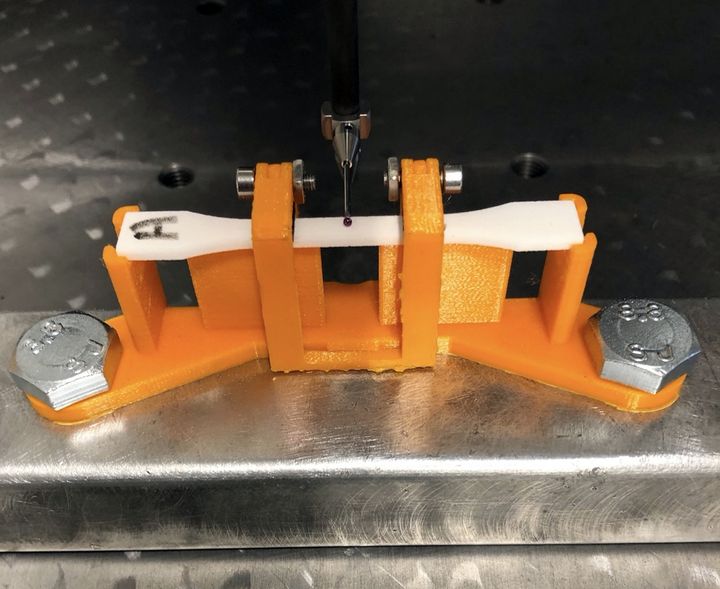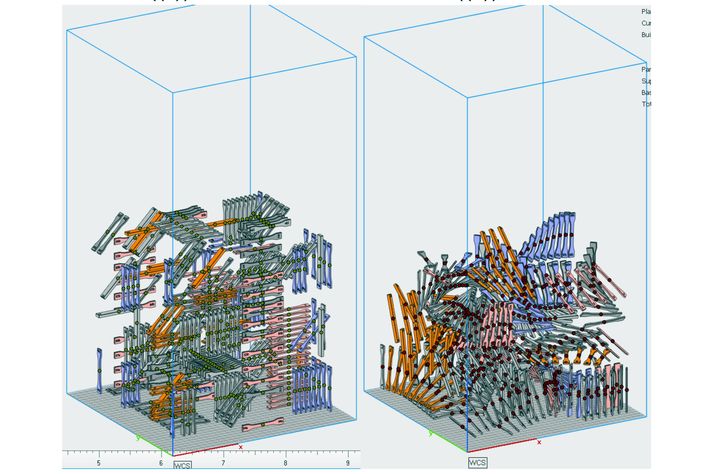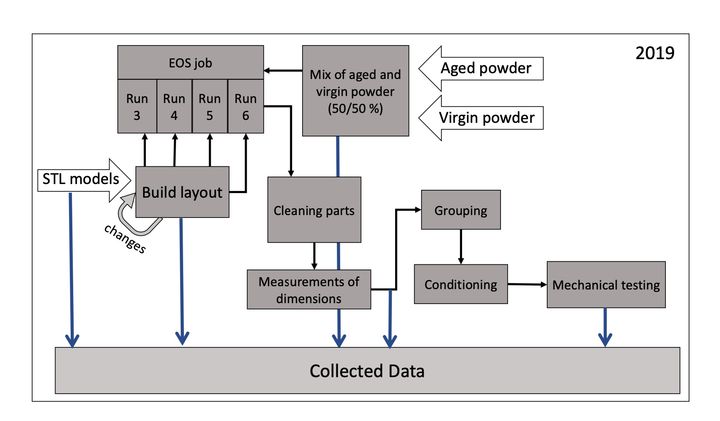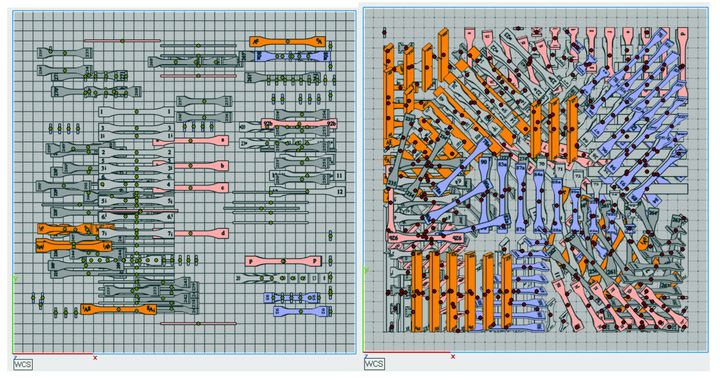
I’m reading the lengthy PhD thesis from Ivanna Baturynska, who has extensively investigated the possibility of using advanced AI techniques to optimize 3D print jobs.
Baturynska is a researcher in Additive Manufacturing at the Norwegian University of Science and Technology, in Gjøvik, Norway. Her thesis attempts to demonstrate a possible solution to part quality prediction when 3D printing.
Predicting 3D Print Quality
This is one of the key barriers to widespread use of 3D printing by industry, along with cost and speed.
The problem is that each 3D printing process doesn’t always result in an object that matches the requirements in dimension or strength. If you cannot consistently produce objects of the required quality, then you’re not getting very far. To do so often requires considerable iterations through print parameters, part orientation and even material selection to eventually determine a configuration that produces something close to the desired part quality.
This iterative exploration effort is time consuming and expensive, as it must be done by specialists and requires expensive machine time and materials to complete. If only there were a way to use software to predict an optimum print configuration to minimize this effort!
Baturynska realized something quite interesting in this area, described in her extremely comprehensive 225-page thesis.
While many parties are extremely interested in solving this challenge, existing research has primarily focused on singular aspects of the problem. For example, plenty of research focuses on the best part orientation for a given CAD design. Other research focuses on the differences between materials.
But little if any research has been done to combine all of these and other factors together to form a unified analysis for a print job. Baturynska sought to put together an AI solution that could utilize all available data and present it in a useful manner.
That’s a very large space to investigate, so Baturynska decided to focus her work on SLS powder bed fusion processes for polymer materials, specifically using the EOS P395 3D printer as the experimental platform for this investigation.

While the detailed work in her thesis focused on polymer powders, the same approach could be developed for any of the other 3D printing processes and all associated materials. But that’s something that could happen later.
Specifically, her research hoped to answer these questions:
- How does the build layout design affect product quality in polymer powder bed fusion systems?
- How can machine learning techniques improve dimensional accuracy of AM?
- How can application of ML techniques contribute to control and management of mechanical properties of AM built products?
- How to utilize a build chamber of powder bed fusion machines in a more sustainable way?
Data Collection for ML

Baturynska developed a new method for organizing the input data on which the machine learning algorithms would operate. These algorithms iterate through the data to silently detect hidden patterns and relationships that would be invisible to the human eye. She explains how this was done:
“In order to collect data from these specimens in a systematic way, a new data acquisition and analysis approach has been proposed, which includes data registration rules for stages before, during, and after the AM process. With the help of model-based system engineering, a number of calculation modules have been grouped into an intelligent system for quality assurance. Each calculation module consists of a set of functional requirements and a number of selected predictive models trained from the collected data using machine learning algorithms.”
If you’ve ever done any machine learning work, you’ll know that setting up the data for analysis is one of the most critical and sometimes most difficult steps to achieve.
Research Results

On the EOS machine, Baturynska 3D printed no fewer than 1526 “dogbone” samples using wide variations in parameters, materials and process. These were the specimens she mentions above, and the data extracted from them, before, during and after 3D printing, was the source for analysis.
In the end Baturynska developed several predictive models that could greatly assist with setting up 3D print jobs. The geometric deviation model was accurate to 99.16%, while the compensation ratios for all axes were 47.14% accurate. For print strength, the predictive models were accurate to 66.24%.
Baturynska explains how these factors relate to each other:
”While the results of this study show that temperature within the build chamber is also dependent on the packing density, parts location, and orientation, this information should be considered as a whole rather than isolated entities. As a result, every change of the location or orientation of one part influences the dimensional accuracy of the adjacent parts.
The task of mathematically describing a dynamic system becomes even more complicated when, in addition to the build layout design, process and material parameters should also be a part of the system. Therefore, the application of machine learning techniques has a benefit over traditional mathematical modeling in terms of being able to define a relationship between a large number of parameters affecting the final results.”
This is, of course, research and definitely not a product. However, it is very intriguing and perhaps shows the future of 3D printers: to make the devices more usable they should indeed be able to make predictions on their output and help the operators be more successful, more quickly.
In the future I expect leading 3D printer manufacturers to implement systems of the type described by Baturynska in her thesis. In fact, I wouldn’t be surprised to see her working for a 3D printer manufacturer helping to develop those very systems.
Via NTNU
